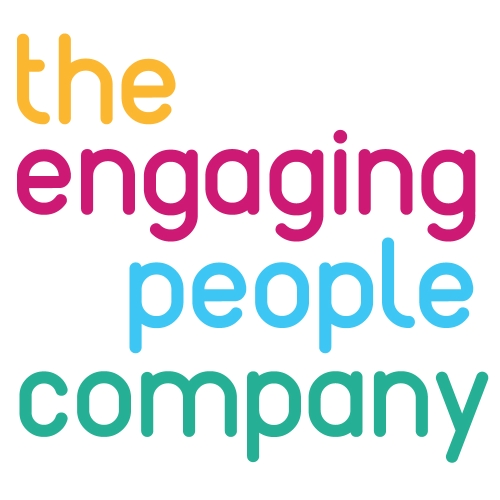I shuffled uncomfortably in my chair. ‘Is she two metres away from me? Or much closer’, I mused. ‘Do we need to wear masks at this distance when we’re seated? Or not?’ I wondered further.
The questions bounced around my head like a volley at Wimbledon, leaving me entirely distracted from the event I had gone along to. As one who hasn’t just erred on the side of caution but gripped onto it with both hands when it comes to Covid, I was utterly disengaged.
Because I didn’t feel safe.
We’ve talked a lot about being safe this past year, about making adaptations to protect ourselves and each other. Keeping our distance, spraying hand gel with abandon, wearing masks, going virtual.
But if we want to engage people, it’s not just about literal safety – it’s about metaphorical safety too. It’s about how we make people feel comfortable so that they know it’s ok for them to respond to our communications and get involved in our engagement activities.
This can be achieved in a number of ways. Firstly, organisations need to build trust and confidence, something that can be achieved through being transparent, authentic, and consistent. By communicating regularly, openly, and honestly about what they’re doing – including when things go wrong – they can engender confidence. They can also build trust by showing their credentials, especially the impact and influence of engagement activities.
Organisations also need to provide choice in ways to engage – interacting through technology is so easy for many of us, but for some it can be way out of the comfort zone. So offering other ways to get involved is crucial. People will opt for the channel that they feel safest with.
People also feel safe when they are valued. Whether this is recognising and acting on feedback from a customer, or listening to an employee, or a simple but powerful word of ‘thanks’, when organisations show people that they matter, they are more likely to engage.
A feeling of safety comes too from a sense of belonging – that we are in it together. This can be a team of employees, or it could be customers of a company. When we feel that we are part of something, that we belong, we can feel more confident to engage in conversations, consultation, or other activities that seek to involve us.
One of the places where it can often feel unsafe for us to engage is within meetings, workshops and other spaces where we come together in discussion. I recall myself in many meetings when I was younger keeping my mouth firmly shut because I feared making a suggestion or asking a question that was so utterly stupid it would cause people to fall around laughing. Of course, it never happened, but how many ideas and perspectives do we miss out on because people don’t feel comfortable to have their say?
That’s why it’s so important to make the spaces where we meet safe, inclusive, and supportive. Bringing people into the conversation, valuing people’s contribution, using silence to allow thoughts to grow and thrive, and knowing everyone has something valuable to contribute will help to make it safe.
Hopefully, it won’t be too much longer before we can move our chairs a little closer and abandon the masks but organisations will still need to create conditions so that people know that it’s safe to engage.


Recent Comments